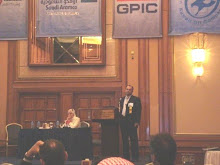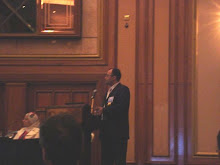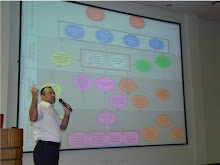Facilitate Change to Perk up Maturity
With the many remaining gaps identified, the challenge of establishing a roadmap to move forward and leverage these gaps emerged. To do so, changes to project’s processes had to be developed and implemented.
In that case, as in many organizations, we were at different maturity levels in different Areas. Another implication introduced then was that immaturity in a knowledge area can affect success in others areas even if they were of high maturity levels (Duffy J., 2001).
A resolution to this challenge was to adopt IDC’s series of maturity models (International Data Corporation, Canada) where each maturity model (MM) is focused on the change associated with achieving excellence in managing key strategic business issues। The first four address the following issues:
- Customer Centricity;
- E-business Resilience;
- IT/Business Alignment (little work has to be done here as we have already addressed this gap by CMMM);
- IT Value, Metrics and Measurement.

Figure: Roadmap to Plan change, adopted from Duffy J., 2001
Post Project Review: The process had some shortages due to sensitivity that emerged during the self assessment process along with considerable time consumption along the implementation steps. We recommend using it only in case of ongoing developments rather than short span projects.


















No comments:
Post a Comment